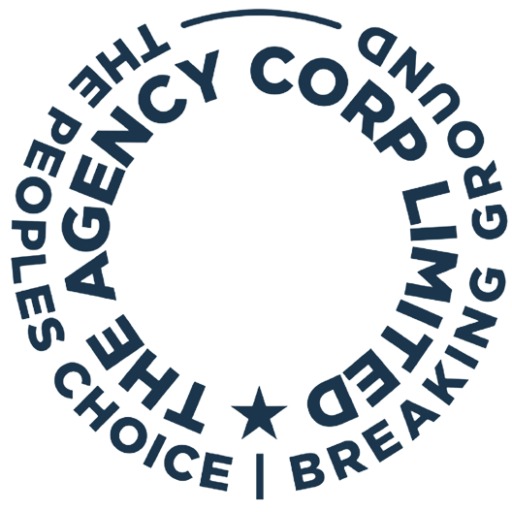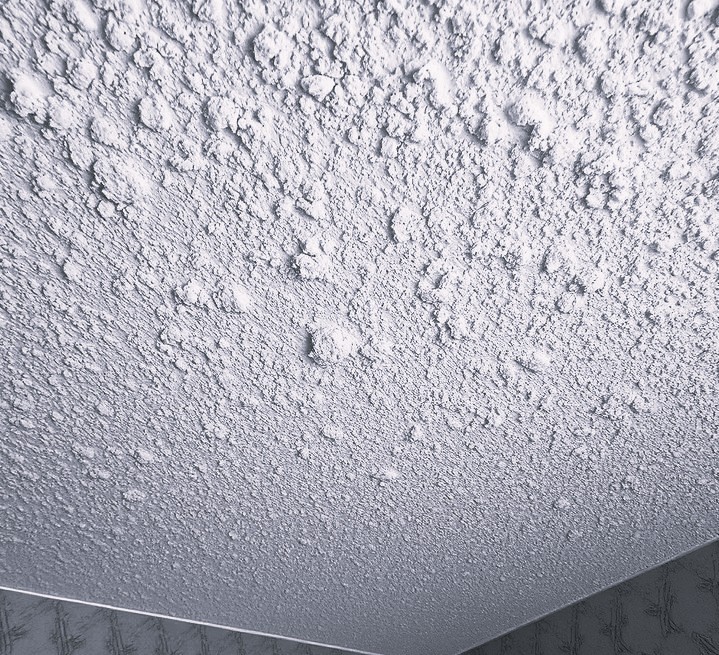Uncovering asbestos risks in New Zealand homes is critical for keeping your family safe. Asbestos, once praised for its fire-resistant and durable properties, now poses serious health hazards. In Aotearoa, many houses and buildings constructed before the 1990s may still contain asbestos in hidden places. While most people are aware of asbestos dangers, the less obvious building materials are often overlooked. This guide will help you identify common asbestos-containing materials and explain why professional testing is always the safest option.
Understanding Asbestos and Its Risks
Asbestos is a group of six naturally occurring silicate minerals valued in construction for strength and heat resistance. Unfortunately, when disturbed, asbestos fibers can become airborne, leading to severe health problems such as:
-
Lung cancer – exposure can increase the risk up to five times.
-
Asbestosis – a chronic lung disease caused by scarring of the lungs.
-
Mesothelioma – a rare and aggressive cancer linked directly to asbestos exposure.
Although asbestos use has been banned in New Zealand, many older homes and workplaces still harbor it. Recognising these risks is especially important before any renovation, demolition, or deconstruction work.
For more detail on our approach, see our: Asbestos Removal Page
Asbestos Risks in Common Building Materials:
Textured Ceilings
Textured or “popcorn” ceilings were popular in the 1970s–1980s. Studies show up to 20% of these may contain asbestos. Renovation without testing risks releasing fibers.
Vinyl Flooring and Adhesives
Vinyl flooring installed before the 1980s often contained asbestos either in the backing or adhesives. Removal should only be carried out by licensed contractors.
Insulation Materials
Pipe and boiler insulation installed between the 1950s and 1980s frequently included asbestos. Disturbance during renovations can release dangerous fibers.
Roof Shingles and Siding
Asbestos was added to roofing and siding for durability. Research suggests up to 30% of roofing from this period may contain asbestos.
Fireproofing Materials
Spray-on asbestos fireproofing was used on structural steel and other surfaces. Any disturbance without testing is highly dangerous.
The Importance of Professional Testing
DIY testing kits are unreliable and can increase exposure risks. Professional asbestos assessors use certified lab testing to confirm presence, and licensed asbestos removal contractors ensure safe management or removal.
Learn more in our blog: 5 Questions to Ask Before You Remove Asbestos
For broader health information, see WorkSafe NZ – Asbestos Guidance.
What to Do If You Find Asbestos
-
Do Not Disturb It – if intact, it may not pose immediate danger.
-
Seal Off the Area – reduce accidental exposure.
-
Contact Professionals – arrange licensed assessor testing and asbestos removalists.
-
Follow Safety Guidelines – ensure all legal and health standards are met.
Uncovering asbestos risks in New Zealand homes means looking beyond the obvious. From ceilings to flooring, roofing, and insulation, asbestos can hide in many places. By choosing professional testing and safe removal, you can protect yourself, your whānau, and future generations.
See also: Our Health & Safety Ethos


